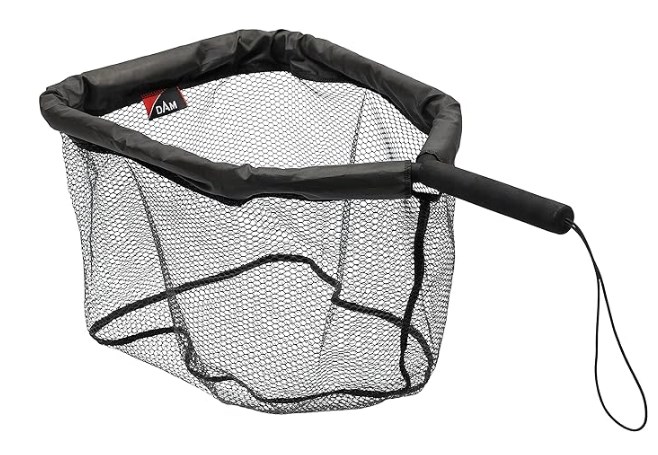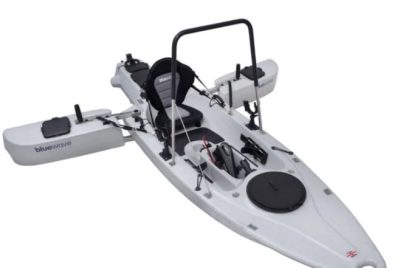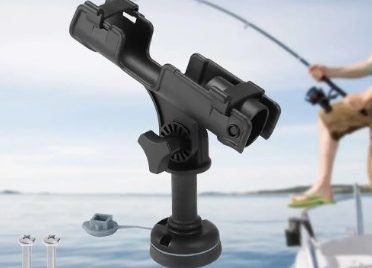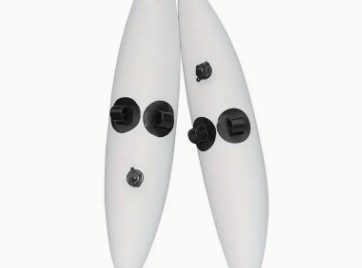Best Net for Kayak Fishing
Introduction
As a passionate kayak angler, I understand the importance of having the right gear. Let’s explore what makes a net suitable for kayak fishing and why choosing the best net is crucial for success on the water.
What makes a net suitable for kayak fishing?

Kayak fishing nets need to be lightweight, compact, and easy to maneuver in the confined space of a kayak. They should also be durable enough to handle the rigors of saltwater fishing and capable of safely landing a variety of fish species.
Importance of choosing the right net
Selecting the best net for kayak fishing can mean the difference between a successful catch and a lost opportunity. A reliable net ensures that you can safely land and release fish while minimizing stress on both the fish and your equipment.
Types of Fishing Nets
Explore the various types of fishing nets available to kayak anglers and their unique features.
Landing nets
Landing nets are designed for safely scooping up fish from the water without causing harm or injury. They typically feature a mesh netting attached to a frame or hoop, with a handle for easy maneuverability.
Folding nets

Folding nets are collapsible nets that can be easily stowed away when not in use, making them ideal for kayak anglers with limited storage space. They are lightweight and compact, yet sturdy enough to handle larger fish.
Rubberized nets
Rubberized nets are made from rubber-coated mesh or solid rubber material, which is less likely to tangle with hooks and is gentler on fish scales and slime. They offer excellent durability and are easy to clean and maintain.
Factors to Consider Before Buying
Before investing in a kayak fishing net, consider several factors to ensure you choose the right one for your needs.
Size and weight
Opt for a net that is compact and lightweight to minimize bulk and interference with your kayak’s maneuverability. However, ensure it’s large enough to handle the size of fish you typically target.
Material and durability

Look for nets made from durable materials such as aluminum, fiberglass, or corrosion-resistant stainless steel. The netting should be strong enough to withstand the weight of a struggling fish without tearing or stretching.
Portability and storage
Consider how easily the net can be transported and stored on your kayak. Choose a net with a collapsible or folding design that can be stowed away in a hatch or secured to the deck when not in use.
Features and Accessories
Enhance your kayak fishing experience with nets equipped with specialized features and accessories.
Handle length and grip
Opt for a net with an ergonomic handle that provides a comfortable grip and allows for easy maneuverability in tight spaces. Adjustable handles are ideal for customizing the length to suit your fishing style.
Mesh size

Choose a net with a mesh size appropriate for the fish species you target. Smaller mesh sizes are suitable for catching smaller fish and minimizing hook entanglement, while larger mesh sizes are better for landing larger fish.
Tangle-free design
Look for nets with a tangle-free design that prevents hooks from getting caught in the netting during retrieval. This feature reduces frustration and minimizes the risk of damaging your gear.
Maintenance and Care Tips
Ensure your kayak fishing net remains in top condition with regular maintenance and care.
Cleaning and drying
After each use, rinse your net with freshwater to remove salt and debris that can cause corrosion or deterioration. Allow it to air dry thoroughly before storing to prevent mold and mildew growth.
Inspecting for damage

Regularly inspect your net for signs of wear and tear, such as frayed netting or bent frames. Repair or replace damaged components promptly to prevent further damage and ensure the net remains effective and reliable.
Budget Considerations
Balance your budget with quality when choosing the best net for kayak fishing.
Finding the best value
Consider factors such as durability, features, and brand reputation when evaluating the value of a fishing net. Invest in a quality net that offers the best combination of performance and affordability.
Investing in quality
While budget-friendly options may seem appealing, investing in a high-quality fishing net can save you money in the long run by lasting longer and performing better over time. Choose a net from a reputable manufacturer known for producing reliable fishing gear.
Conclusion

In conclusion, the best net for kayak fishing is one that balances durability, functionality, and portability to meet the unique needs of kayak anglers. By considering factors such as size, material, features, and budget, you can find the perfect net to enhance your fishing adventures on the water.
FAQs
Curious anglers often have questions about kayak fishing nets. Here are answers to some common inquiries to help you make informed decisions.
1. Can I use any fishing net for kayak fishing?
While many fishing nets are suitable for kayak fishing, it’s essential to choose one specifically designed for the unique challenges of fishing from a kayak, such as limited space and maneuverability.
2. What size net is best for kayak fishing?
The ideal net size depends on the fish species you target and the size of your kayak. Opt for a net with a hoop diameter and depth that can comfortably accommodate the fish you expect to catch.
3. How do I prevent my net from getting tangled in the kayak?
Minimize the risk of tangles by choosing a net with a tangle-free design and securely stowing it when not in use. Avoid leaving loose netting or handles exposed to preve
nt snagging on other gear or kayak components.
4. Are there any special techniques for landing fish with a kayak net?
Practice proper netting techniques to safely and efficiently land fish from your kayak. Position yourself for optimal leverage, guide the fish into the net headfirst, and avoid lifting the fish out of the water until it’s securely contained in the net.
5. Can I repair a damaged fishing net myself?
Minor repairs such as patching small tears or replacing damaged netting can often be done at home with basic tools and materials. However, for more significant damage or structural issues, it’s best to seek professional repair services or replace the net altogether.




